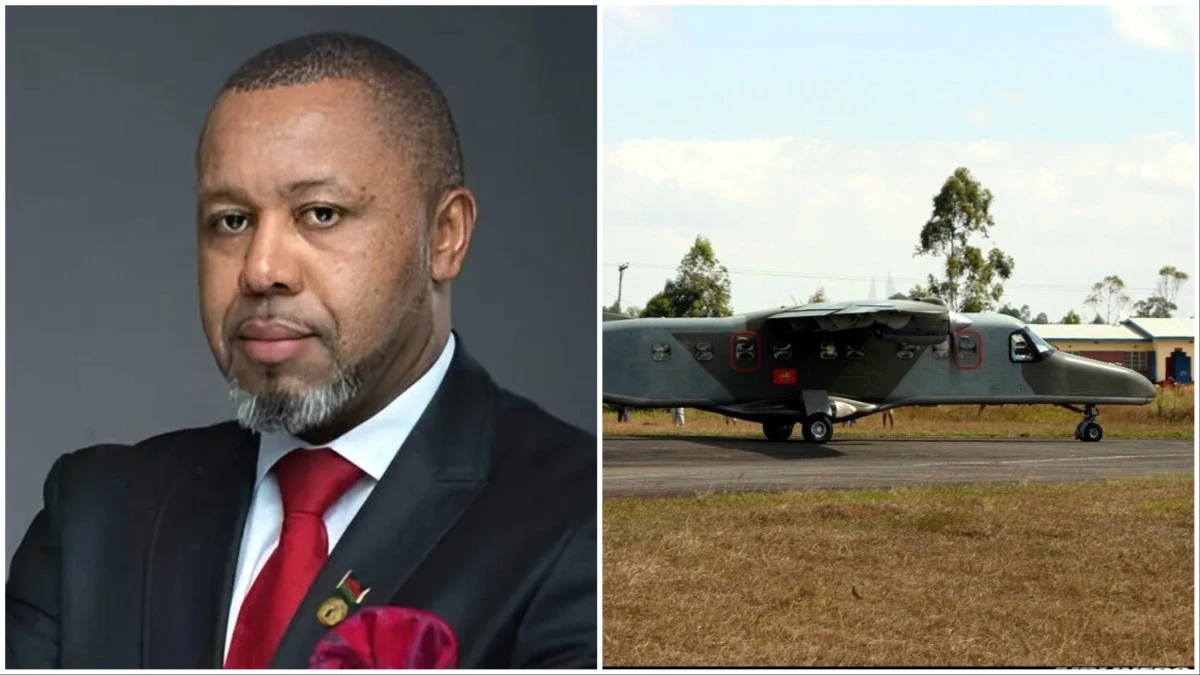In a special half hour show, CNN’s Call to Earth meets explorer Steve Boyes who launched The Great Spine of Africa, a series of expeditions establishing comprehensive hydrological and ecological baselines for all the major inland river basins of Africa.
Boyes has dedicated his life to exploration and the science of Africa’s freshwater systems. His work researching the Okavango Delta in Botswana helped it gain status as the 1000th UNESCO World Heritage Site. Now, as part of the Rolex Perpetual Planet Initiative, Boyes has set his sights on the rest of the continent, planning to do the same comprehensive scientific research for the remaining five inland river basins.
CNN joins Boyes as he leads the first ever scientific expedition down the Chambeshi River in northern Zambia, the furthest source of the Congo. He speaks about the project, “There’s magic, there’s mythology, there’s power to these rivers. It’s the unknown. And that’s every single corner, typically, of these rivers. No one’s ever photographed them. There’s no record of what they are. We produce that in the end, not to ruin it for other explorers, but to document it and baseline it.”
As they travel along the water, the stream of data is relentless. Every bird, settlement, boat and bridge is recorded by the team, creating a comprehensive snapshot of the ecosystem. The team records 360 imagery and stops at regular intervals to do environmental DNA sampling and fish biodiversity monitoring.
Zambia is in the midst of its worst drought in 20 years. Boyes’ hope is that The Great Spine of Africa expeditions can help to provide forewarning of these kind of climatic oscillations in the future. He explains, “It takes us three to five years to fully understand the nature of threats in a river system and to be able to model them. We will be deploying hydrological and meteorological rainfall monitoring stations throughout this river basin as we’ve done in the other river basins. And that allows us to build robust models that can start to predict these events. Us looking at the water security, understanding these rivers from the sources upstream from these communities is so incredibly important because we can help them prepare.”
The crew faced turbulence along their journey. Johan Van der Westhuizen, Chambeshi Expedition Leader talks about the challenges, “I’d describe the Chambeshi as very wild. It’s definitely not happy with having us on the river. So typically, when we reach a rapid, we’ve got three options. We can either run it if it’s small enough, we can walk it by tying some ropes to the end of the canoe and walking it down the rapid slowly, or we have to portage it if the first two options aren’t available.”
Boyes talks about the relationship the team feel to the water, “Everyone who goes on a canoe trip or a rafting trip anywhere in the world, you feel that… you feel this beautiful sense of connection to everything. You feel like you are the river, you become part of it. And that’s our experience in expedition.”
With smoother progress downstream, the team arrive at the final section of the Chambeshi and the entry point to the Bangweulu swamp. A vast wetland that stretches for almost 10,000 square kilometers, Bangweulu is one of Africa’s most diverse ecosystems. It is also home to the iconic shoebill. Ornithologist and conservationist Maggie Hirshauer has been living in the swamps for three years, studying and rehabilitating shoebills. She jokes, “I’m an ornithologist. I’m meant to be an expert, but shoebills leave me lost for words. They do. You just look at it and you go, I don’t know. Extraordinary.”
Shoebills face the threat of capture to be sold on the illegal exotic pet market. Much of Hirshauer’s job has been educating and integrating the local fishing community in the birds’ protection. “The main core underpinning of all of this program is the community engagement. We have a nest protection program where fishermen actually notify us when they find nests and we then go into the swamps, we verify that nest and we get data through those reports.”
Boyes says that The Great Spine of Africa expeditions can provide Hirshauer and other scientists with a whole host of new information about species like the shoebill, with data on the ecosystems and even new undocumented populations, “Systems like this teach us that it is possible. It is possible to have living abundance under the pressure of people. People aren’t pressure, they’re part of it. They’re meant to be here. You can’t value something until you can measure it and you can measure change in it. So that is what our baselines are. It’s the beginning of measuring value.”
He concludes, “It is not just the future of Africa, it’s the future of the world. The decisions made in Africa over the next 25 years are the future for all of us.”
See more from Call to Earth:
#CNNs #Call #Earth #Meets #Explorer #Launched #Largest #Conservation #Projects #World


